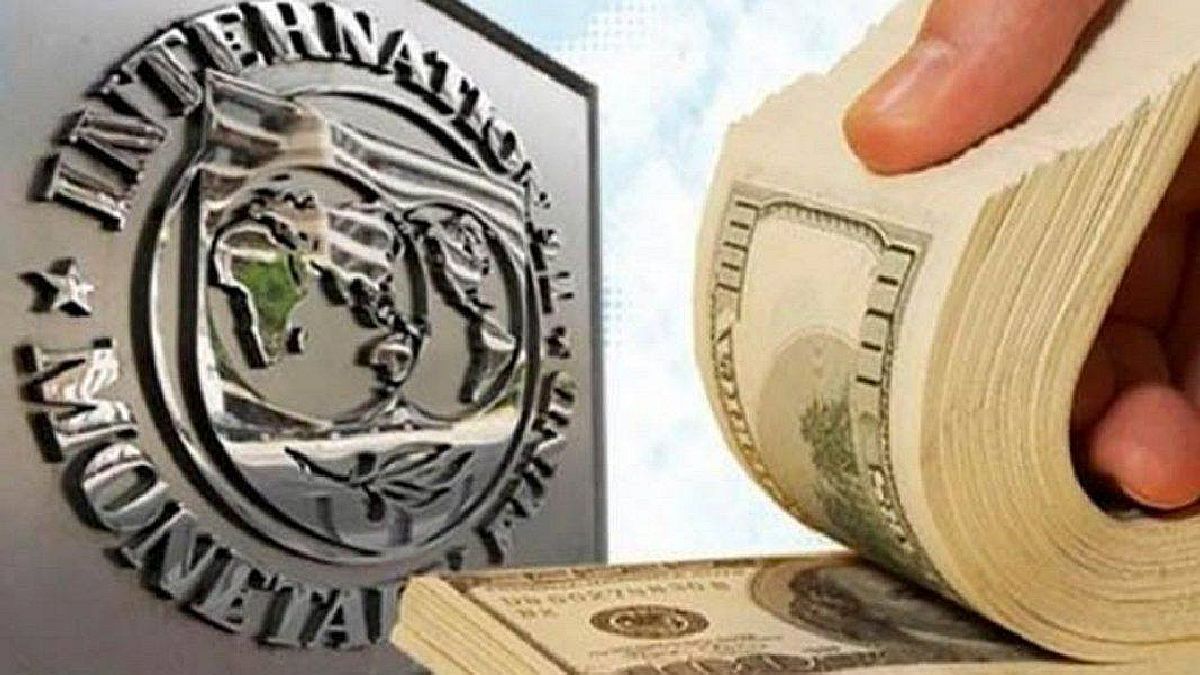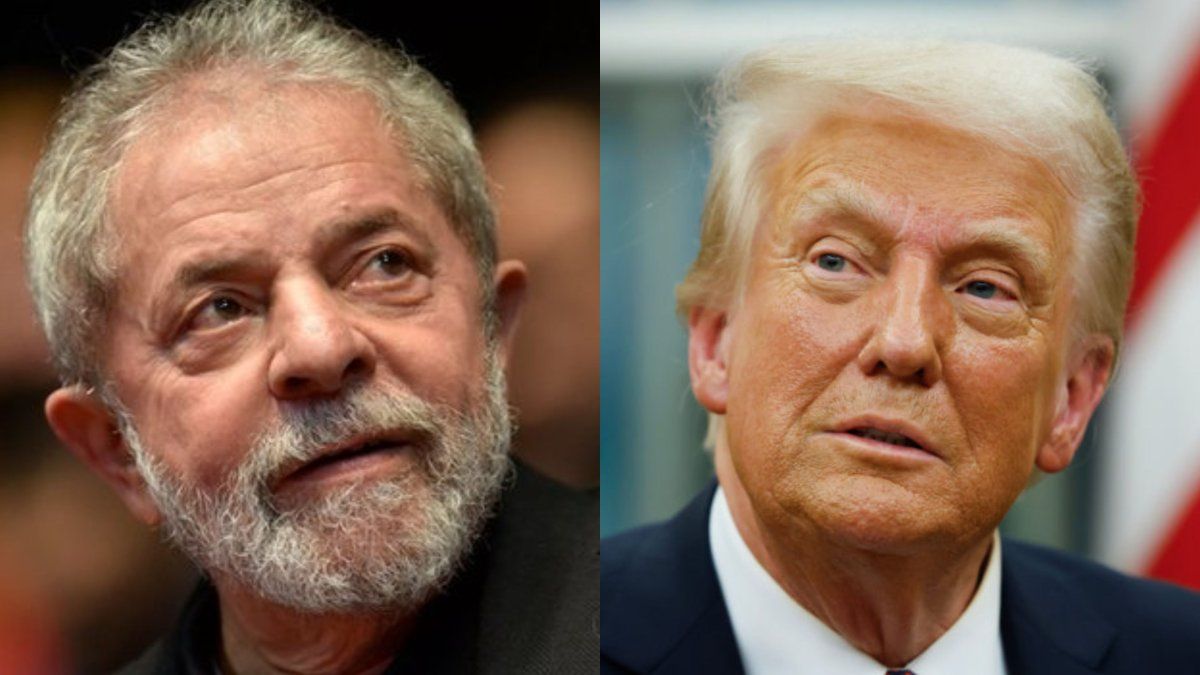Decisive hours for the president Javier Milei and his economic team. The financial front of the economy wobbles under a exchange pressure That begins to be uncommon. This Monday the Blue dollar climbed to $ 1,255 after a jump of $ 15, its maximum in six monthswhile MEP ($ 1,251) and the one in cash ($ 1,255) pushed the gap with the wholesaler at 18%.
This threshold, an alarm signal for the Central Bank (BCRA), nakes the cracks of a Scheme in crisis. The Gross reserves collapsed US $ 755 million In one day and reached their worst record since September 2024, leaving the central with a critical margin while the global market shakes from the policies of President Donald Trump.
Currente drainage finds no brake. Last Friday, the BCRA sacrificed US $ 474 million to contain the dollar in the official market, and on Monday the intervention fell on $ 56 million, unable to reverse the damage. The destiny of these funds is still unde at all: debt, imports or an attempt – now vain – to stabilize the financial dollar and the gap for “giving out” to the investors of the “Carry Trade”. With gross reserves in decline and the estimated nets in a negative zone, the central faces a scenario of extreme fragility, 16 weeks after an expiration with bonists on July 9, in a context where The “crawling” at 1% could be living their last days.
Dollar and flotation administered in fact: evidence
Exchange flotation bands, which work due to the intervention of the BCRA in the financial dollar, are on the verge of a new transformation. The monthly adjustment of the official dollar, reduced to 1% in an attempt to contain inflation and generate greater margin to the dollarized fijista, loses efficacy with the Blue to $ 1,255 and the reserves in free fall.
The IMF presses by a freer flotation or broader bandsarguing that the exchange delay – stated by 20% by former ministers such as Cavallo – asphyxia exports and aggravates the shortage of currencies. Analysts suggest that this agonizing “crawling” could be abandoned soon, opening the door to an abrupt adjustment that the government fears and the market anticipates.
DOLLAR DOLLAR MARKETS BONDS ACTIONS
Dollar: Does the government go to the exchange rate flotation?
As stated, the City reflects at this time a mantra in deafrina, a rosary that targets structural distrust. The deposits in pesos, which until February capitalized the “Carry Trade”, stagnated before persistent inflation —Alcist for March – and the expectation of a changing leap. In dollars, for deposits, the fall is more severe: 14.3% less since October, with savers turning to cash or black market. The “crawling” at 1%, far from generating stability, feeds the perception of a outdated exchange rate, while the 18% gap with the CCL and the criticisms of economists, such as Emmanuel Álvarez Agis, to the “false success” of the TCR deepens the uncertainty.
DNU, IMF loan and a reset of the program
The government bets on IMF as salvation. With an in progress, it seeks an agreement that injects dollars to the BCRA and strengthens the reserves, but the lack of details about amounts and conditions generates skepticism. The bicameral commission will review the issue today, and tomorrow there could be progress in deputies, although The fund of the fund will not arrive before April. The pressure to abandon the “crawling” to 1% grows, The same as the liquidation via “dollar blend”with the IMF, seeing in a flotation the key to correct imbalances, while Trump, from the US, alters the global board with a weaker dollar that stresses the weight.
The IMF, aligned with Trump’s vision of a competitive dollar, insists on a more flexible scheme, although local experts warn that, in a bimonary economy, an uncontrolled flotation could shoot the blue and consume the remaining reserves.
Trump shakes markets with aggressive policies. Its tariff strategy devalues the dollar against Yuan, the Mexican peso and the euro (which fell 0.06% to $ 1,0826), while Yen yields 0.5% to 147.29. The Treasury bonds face mass saleswith 10 -year yield exceeding 4.7% for fears of inflation and deficits in the US, making financing for Argentina. Locally, the country risk climbed to 747 basic points, the dollar bonds lost 0.4% and futures for February 2026 quote $ 1,400, reflecting a market that does not see calm on the horizon.
The global context aggravates the painting. The dollar loses land internationally, while investors seek refuge in gold (US $ 3,010) and silver (US $ 34,50). Long rates in the US, from 4.1% to one year to 4.6% to 30 years, indicate uncertainty that punishes emerging. With 1% crawling in check, reserves to the limit and Trump reconfiguring the dollar, the government faces a dilemma: yield to the flotation required by IMF or extend a scheme that falls apart, with a cost that could be measured in inflation and recession.
Source: Ambito




